Road trip to Australia's granite country
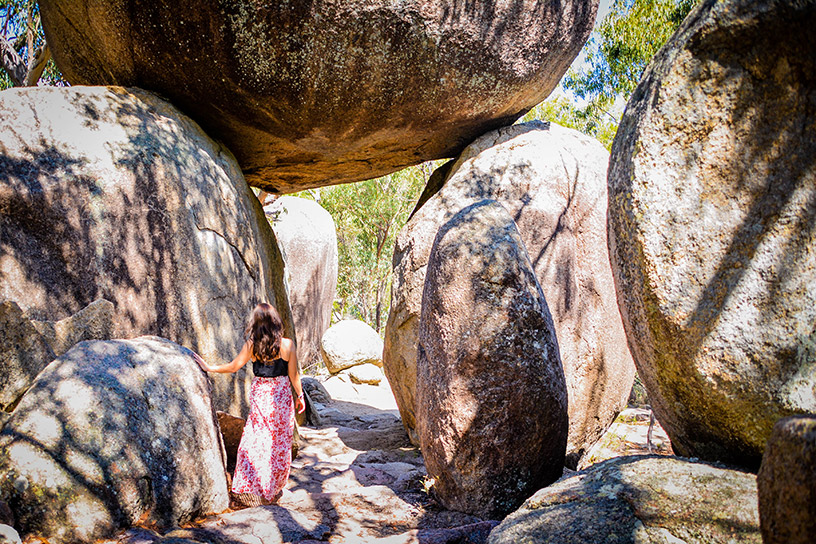
Get back to nature with a hike in eastern Australia’s Granite Belt region.
Hugging the border between the Australian states of Queensland and New South Wales, the boulder-strewn Girraween National Park has plenty of trails on offer to satisfy any outdoor lover.
From Brisbane, take the drive to Girraween past sunflower fields during the summer months, through sleepy country towns and into the so-called Granite Belt. In winter, this cool climate region makes it the coldest part of Queensland, and you’ll experience frosty mornings and nights – maybe even snow in high sections of the belt.
Girraween National Park is littered with giant granite boulders, and you can choose from a number of hikes to take in magnificent views of the park and surrounding area.
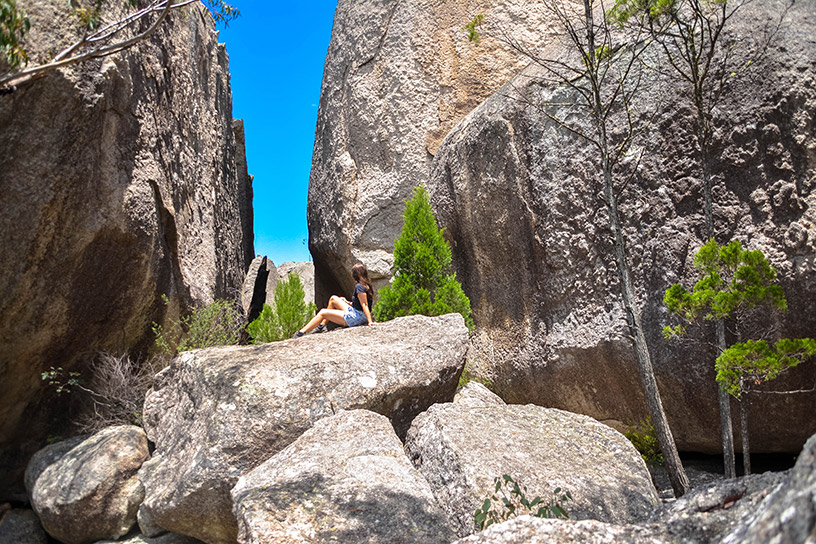
First up, don your backpack and head out on the 3.6km return hike to Pyramid Rock from the Bald Rock Creek day use area carpark. If there’s been recent rain, you’ll first cross through rockpools stemming from Bald Rock Creek. After a walk through Blackbutt forest, you’ll reach the stairs and climb up to the base of Pyramid Rock. Heading up from the bottom it’s a very steep (almost vertical in places) climb to the top along the granite monolith – but you’ll be rewarded with great views along the way and at the top.
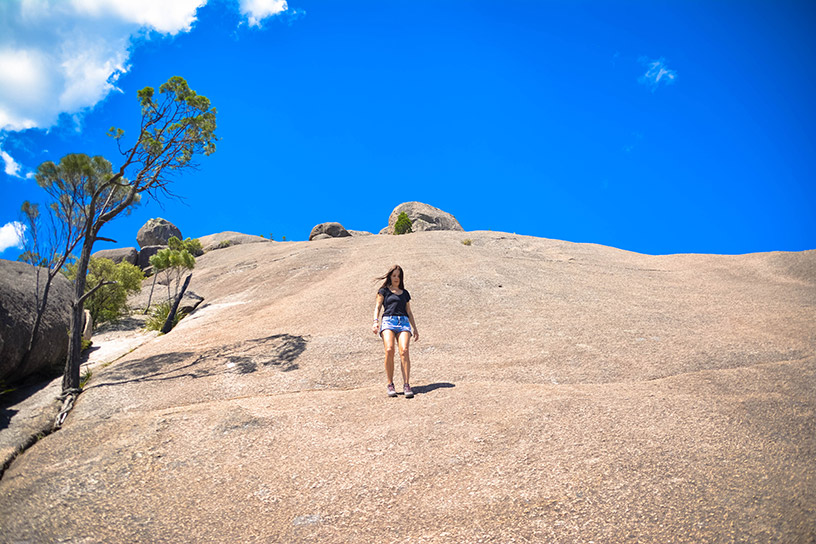
On the way back, follow the signs and take a detour to the impressive Granite Arch – a natural rock arch framing the track. Expect the return hike to Pyramid Rock to take about two hours depending on your time at the top of the Pyramid.
Across the road is the hike to the Sphinx, Turtle and Castle Rocks. The 7.4km Sphinx Rock trek takes you through the forest, past giant boulders, and onto rock plateaus. You might even spot some curious local wildlife along the way.
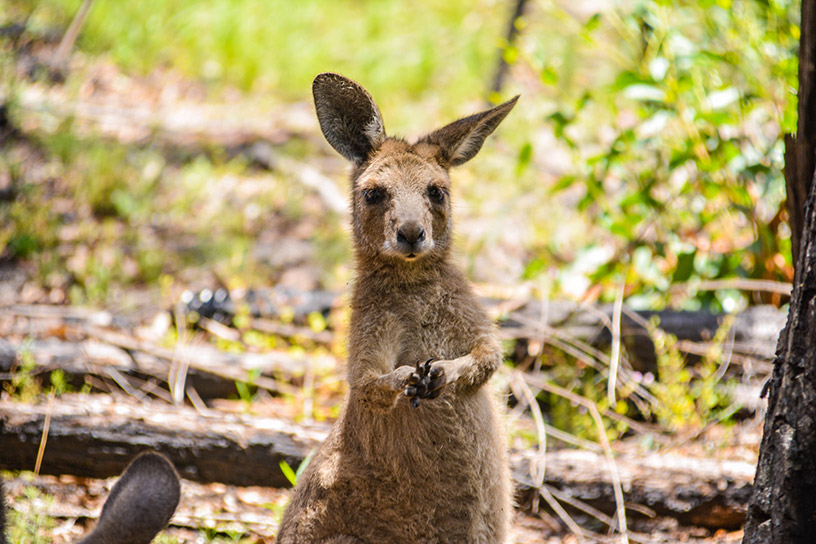
The climb up to the Sphinx Rock will take about 60-90 minutes one way. The track to Castle Rock detours off the main Sphinx Rock trail and gives you more of those impressive panoramic views across the park. There’s also plenty of other hikes in the park, including a 1.2km trail to the Dr Roberts waterhole, or continue to Underground Creek, where Bald Rock Creek disappears under fallen boulders. If you’re really up for a hike, you can also do the 11km return hike to Mt Norman.
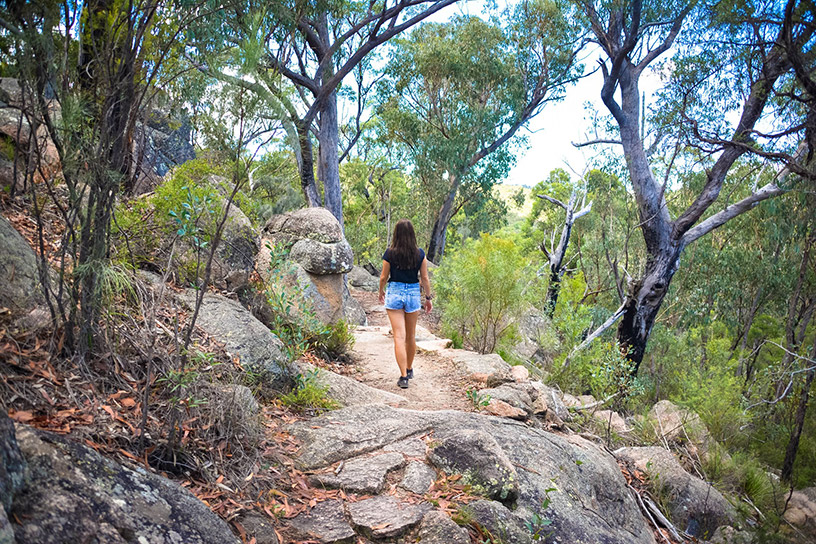
If you’re visiting Girraween National Park during the summer months from Brisbane, keep an eye out for the bright yellow fields of sunflowers to or from the park.
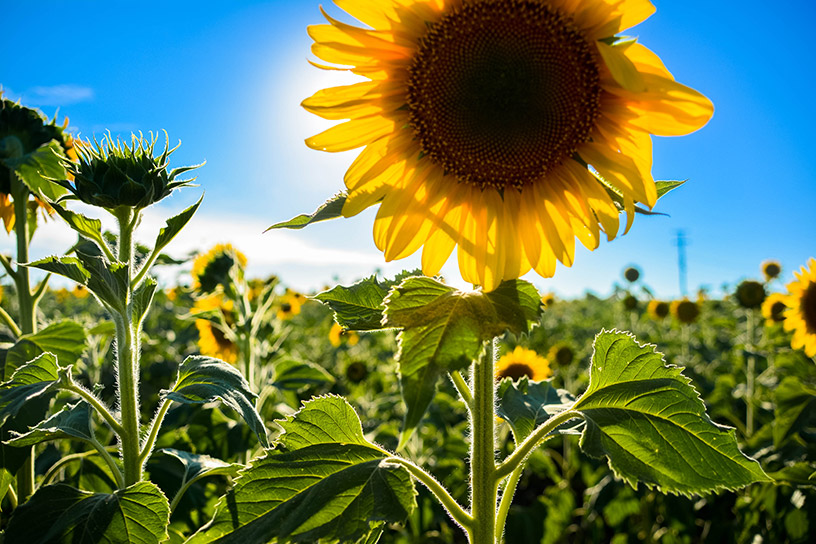
If you visit late in the season (late January/early February), head down to Willowvale Road, Warwick and you should find a flowering field. The best time to check out the fields is sunset.
The Granite Belt’s cool climate means it’s also the perfect place for fruit growers. Apples and grapes for wine are the region’s speciality so you might want to make time to visit a winery or two and pick up some apples where they are grown. Most of Queensland's apples come from the Granite Belt region.
Things You Should Know:
- Slip, slop, slap. You’ll want to bring a hat and sunscreen if you’re visiting the Granite Belt in the warmer months. The summer sun is fierce out there. And don’t forget to bring plenty of water. At least 2-3 litres and some snacks. There is no food or drink facilities close to the park.
- As much as the park gets hot, it also gets cold. This area can experience sub-zero temperatures in the colder months so be prepared with some warm clothes if you’re coming from warmer Brisbane or northern New South Wales.
- Bring cash along with you to pick up some local fruit on the road trip.
- You’ll need good, grippy shoes for the climb up Pyramid Rock. Also, a backpack to carry your gear such as water is a good idea because you’ll need both hands for the climb up in some places.
- Girraween National Park is located about a three-hour drive from the Queensland capital of Brisbane. Follow the signs to Warwick, and then head towards Stanthorpe.
- If you want to see the sunflower fields, you’ll need to time your visit to Girraween National Park in the summer months. December and January seem to be the best months to visit before the sunflowers dry out.
Lisa Owen is a pint-sized Australian following her dreams to travel to as many places as she can, and loves to share her photography, travel hacks, hiking adventures, and food discoveries along the way. At last count, she has travelled to more than 60 countries in between working in public relations and discovering hidden gems in Australia's great outdoors. Instagram: @thelittleadventurer. Facebook: The Little Adventurer Australia.
The views, opinions and positions expressed by the author and those providing comments are theirs alone, and are meant as travel inspiration only. They do not reflect the opinions of Cover-More Insurance. You should always read the PDS available from your travel insurance provider to understand the limits, exclusions and conditions of your policy and to ensure any activities you undertake are covered by your policy.